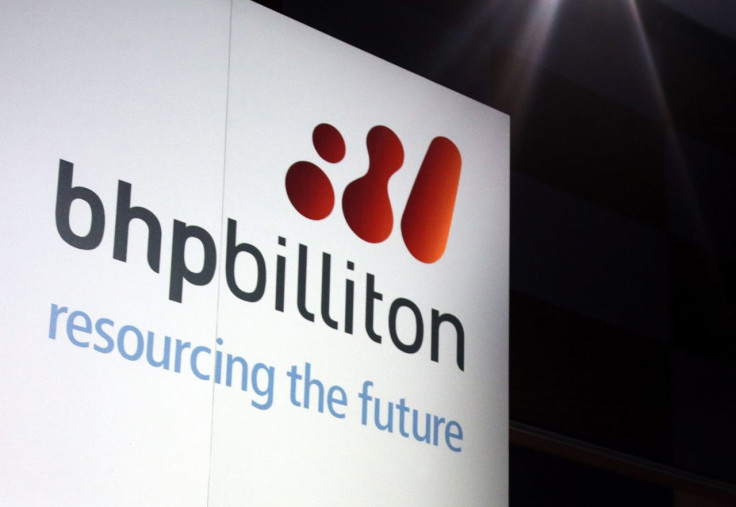BHP Billiton Faces Credit Downgrade From S&P

Debt assessor Standard & Poor’s on Monday downgraded its credit outlook on BHP Billiton Ltd to negative, spurred by the continued plummet of iron ore and oil prices as well as the company’s policy to never to slash the dividends it gives.
In a statement, S&P said BHP Billiton’s commitment to a progressive dividend payment, along with the continued weakness in commodity prices, “may weaken the company’s key financial metrics to below our expectations for the A+ rating without offsetting measures by the company,” noting BHP Billiton is particularly exposed to iron ore prices “and to some extent, oil prices.” If this happens, the mining giant will be forced to pay higher interest rates.
Tim Schroeders, head of resources at Pengana Capital, told SMH he believed BHP wouldn’t put itself in a “precarious position over the medium term" despite not really in the red zone yet. "BHP wouldn't necessarily mind seeing its credit rating dip for six to 12 months if need be … they still have a lot of wriggle room."
S&P is particularly observant on the company’s continued and ever increasing pay outs of profit to shareholders. While other mining firms pay out minimal dividends to conserve cash, even during resources booms, BHP does the opposite. However, analysts and observers are worried such a policy could be sustained in the medium to long term.
Jason Beddow, chief executive of Argo Investments, a large BHP shareholder, echoed Schroeders observations. "A $US10 move in the iron ore price is $US2.5 billion to their revenue, that can change in two weeks," Beddow said.
But May Zhong, credit analyst at S&P, cautioned BHP’s "progressive dividend" policy could push its discretionary cash flow to become negative over the next two years, “causing adjusted net debt to increase and cash flow/leverage measures to worsen."
The company’s discretionary cash flows in 2014 was a positive $US2 billion. Its "progressive dividend" policy cost $US6.4 billion ($8.18 billion) in the last financial year.
"We believe BHP Billiton has further scope to reduce its operating costs and capital expenditure to conserve cash amid lower earnings due to the cyclical weakening of its main commodities," Zhong said. "The company has invested heavily in certain major development projects in recent years which provides it with considerable discretion to reduce its spending over the next two to three years without impeding growth in its production."
To report problems or to leave feedback about this article, email: e.misa@ibtimes.com.au.





















